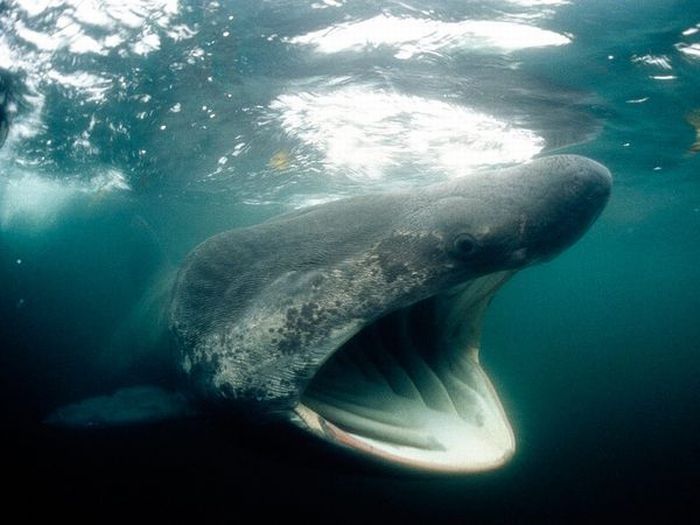|
|
Shark
|
• Osmoregulation
In contrast to bony fish, with the exception of the Coelacanth, the blood and other tissue of sharks and Chondrichthyes in general is isotonic to their marine environments because of the high concentration of urea and trimethylamine N-oxide (TMAO), allowing them to be in osmotic balance with the seawater. This adaptation prevents most sharks from surviving in fresh water, and they are therefore confined to marine environments. A few exceptions to this rule exist, such as the bull shark which has developed a way to change its kidney function to excrete large amounts of urea. When a shark dies the urea is broken down to ammonia by bacteria — because of this, the dead body will gradually start to smell strongly of ammonia.
• Digestion
Digestion can take a long time. The food moves from the mouth to a 'J' shaped stomach, where it is stored and initial digestion occurs. Unwanted items may never get past the stomach, and instead the shark either vomits or turns its stomachs inside out and ejects unwanted items from its mouth.
|
|









